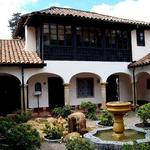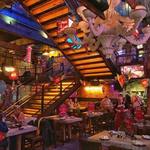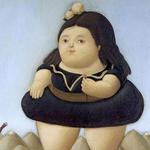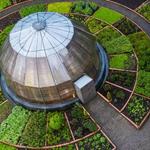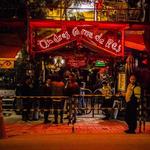Susana & Ruben

Sightseeing
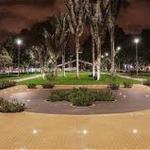
Park 93
93 Park or 93rd Street Park (Parque de la calle 93, commonly known as Parque de la 93) is a commercial and recreational park located at the 93rd Street (calle 93) in El Chicó, in the north of Bogota, Colombia. Is one of Bogota's most popular shopping, night club and restaurant areas.
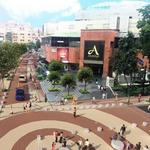
Zona T
Zona Rosa, also known as "Zona T" for the T shaped area at its heart, is the prime nightclub district of Bogotá, and also home to plenty of upscale restaurants, nice hotels, and shopping. The area surrounding the zone proper is starting to look like the city's new, modern downtown, with big office buildings and folks in suits by day.
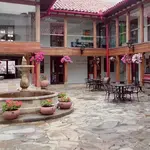
Hacienda Santa Bárbara Mall
Hacienda Santa Bárbara, an upscale mall built around a colonial hacienda, has cobblestone squares, fountains, stone paths and the flavor of a small Colombian village. Built in 1989, it is popular with both locals and tourists with more than 350 shops on three levels, restaurants, coffee shops, live music and cinema.
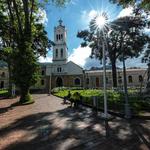
Usaquén Plaza
The Usaquén Park is another of the most important parks in the city several of the best restaurants in this city are located there, is recognized to have street performers such as storytellers, magicians, jugglers, etc. and also for being one of the most decorated parks in the city during Christmas time.
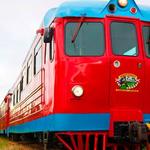
Tren Turístico de la Sabana
Tourist train is a sightseeing train, popular with Bogotá residents, which runs to outlying towns Zipaquirá, Cajicá and Nemocón along the lines of the former Bogotá Savannah Railway on weekends. The route to Zipaquirá (known for its salt cathedral) is 53 kilometers (33 miles) long. Another line goes towards the north for 47 km (29 mi) and ends at Briceño.
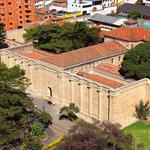
Museo Nacional de Colombia
The National Museum of Colombia (Spanish: Museo Nacional de Colombia) is the National Museum of Colombia housing collections on its history, art, culture. Located in Bogotá downtown, is the biggest and oldest museum in Colombia. The National Museum is the oldest in the country and one of the oldest in the continent, built in 1823. Its fortress architecture is built in stone and brick. The plant includes arches, domes and columns forming a sort of Greek cross over which 104 prison cells are distributed, with solid wall façade. It was known as the Panóptico (inspired by the Panopticon prison) and served as a prison until 1946. In 1948, the building was adapted for National Museum and restored in 1975.
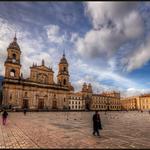
Bolivar Square
It is the main square of the Colombian capital Bogotá. The square is located in the heart of the historical area of the city and hosts a statue of Simón Bolívar. The history of Bolívar Square dates back to the pre-Columbian era, when the site was part of the Muisca Confederation. The first building on the square, a magnificent church, was constructed in 1539, a year after the foundation of the Colombian capital. During the Spanish colonial period, Bolívar Square was the stage for circus acts, public markets and bullfights. The square is surrounded by historical buildings; the Palace of Justice is located on the northern edge and the National Capitol borders the square in the south. The Primary Cathedral of Bogotá, next to the Archiepiscopal Palace with the monumental door cast by Ferdinando Marinelli Artistic Foundry and the Liévano Palace, seat of the mayor of Bogotá, are situated on the eastern and western side respectively.
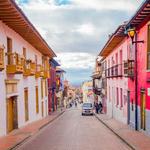
La Candelaria
La Candelaria is the 17th locality of Bogotá, Colombia. A historic neighborhood in the city's downtown, it is the equivalent to the Old City in other cities. The architecture of the old houses, churches and buildings has Spanish Colonial, Baroque and art deco styles. It houses several universities, libraries and museums.
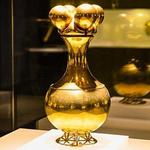
Gold Museum
Gold Museum is one of the most important museums of Colombia, It has a collection of more than 36,000 pieces in gold, wood, shell and stone organized in its three floors; the museum is property of the Republic Bank and is located in front of Santander Park.
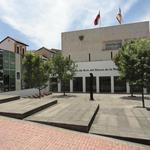
Museo De Arte Del Banco De La República
The Banco de la República Art Collection has more than 6,000 works of art, including works by prominent Colombian and international artists. Painting, sculpture, video, installations, among others. The collection began with the purchase of 3 works.
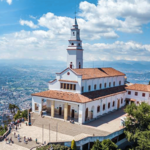
Monserrate
Monserrate is the symbol by excellence of the Colombian capital. The hill is a pilgrim destination, as well as a tourist attraction. In addition to the church, there is a restaurant. Monserrate can be accessed by aerial tramway, a funicular or by climbing, the preferred way of pilgrims. You can see it from nearly every point in Bogota.
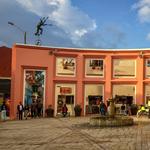
Plazoleta Chorro de Quevedo
It is believed that the Spanish conquistador Gonzalo Jiménez de Quesada established the capital city of Bogotá on this square on August 6, 1538. The square takes its name from an Augustinian priest, Friar Quevedo, who in 1832 purchased the site and set up the public water fountain in the centre. Its water supply was cut off when a nearby building collapsed in 1896. It is also believed that it was from this site that the zipa, the main cacique of the Muisca, viewed the Bogotá savanna.
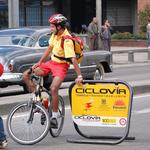
Ciclovia
Each Sunday and public holiday from 7 am until 2 pm certain main streets of Bogotá are blocked off to cars allowing runners, skaters, and bicyclists to workout in a more comfortable environment. At the same time, stages are set up in city parks. Aerobics instructors, yoga teachers and musicians lead people through various performances. The great variety of traditional food and drinks offered in snack stalls motivates many locals and tourists to go around the Ciclovía. Bogotá's weekly ciclovías are used by approximately 2 million people (about 30% of the population) on over 120 km of car-free streets.
